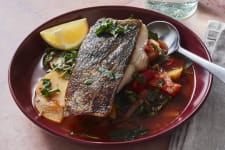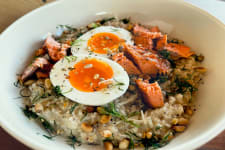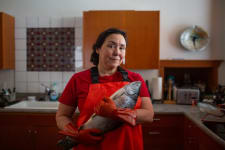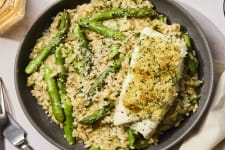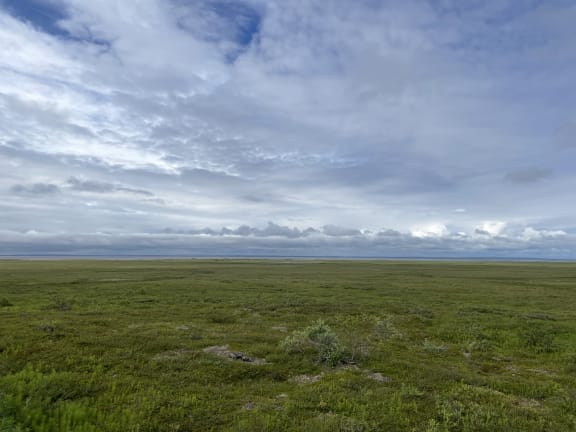
Winding Down, Fisherman Style
August 1st, 2024Falling Back in Love With the Land After Fishing Season
The commercial fishing season for sockeye salmon in Bristol Bay has drawn to an end, bringing both fish and fisherman back to the land. There’s still work to do — there’s a harvest to preserve, boats and fishing gear to tend to. But August is also a time to wind down and take stock after the hard push of summer.
This week, we’re sharing an essay by Kallenberg family friend and commercial fisherman Melanie Brown, who describes this period of the year as a time of “falling back in love with the land.” It’s the perfect complement to my last two missives, “Why I Keep Falling in Love With Alaska,” part one and part two.
–
Winding Down: Falling in Love With the Land Again
By Melanie Brown
There is a bittersweetness about ending a fishing season and knowing you must wait until next year to begin the cycle of checking gear, eating, and sleeping. On one hand it is a relief to know that the responsibility of having gear in the water is gone, but there is also the loss of a spartan routine, where one has simplified life into only the essential considerations — what is needed to keep fishing — tossing all other life matters aside.
Once the pangs of that are gone, it is really nice to treat oneself to simple and beautiful luxuries such as going to sleep without setting an alarm. Even though the fishing season has ended, there are still things to do. The cleaning and storing of equipment must happen, but I no longer have to contend with the wind speed and how high the seas are.
Tending to the body and its fishing specific pangs is another matter; the living equipment so to speak.
A set-net skiff does not have all the hydraulic assistance that a drift boat has and involves a lot more pulling. Pulling lines is hard on the hands and, if the wind and waves are not in your favor, also on the arms. Sometimes a lot of hard pulling can lead to numbness in the hands that can move all the way up the arms and into the shoulders. The end of the season harkens the beginning of the healing — and relaxing of the swelling that happens to fishing hands from picking fish out of mesh and pulling lines. I have a favorite ivory ring that provides a gauge for my hand healing. I know that my hands are shedding the swelling and stiffness from fish work when I can fit my ring back on the finger it usually lives on.
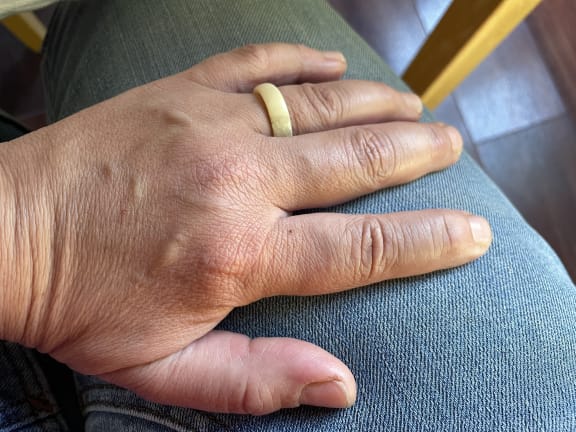
Caption: My favorite ivory ring on a healed hand.
My favorite hand therapy involves going to the land and finding its riches in the form of berries. While I am still in Bristol Bay, I head out on tundra patrol to find the first fruit of the season that ripens. It is known by different names to people in the Arctic, but I grew up hearing it called salmonberry. Fitting, of course, that this harvest dovetails with the tail end of the Bristol Bay salmon season. This cluster berry is hard and red until it ripens with rain and is finished with the rays of the sun to make the sugars sweet. It has a taste like no other berry and is quite pungent. The orange color, when ripe, looks like a pile of fish eggs in a berry bucket. This berry is also called cloudberry and the Indigenous word for it is akpik. Trading picking fish for berries is a good way to get the fine motor skills back in the hands.

It is good to get back on the land and feel the softness of the tundra underfoot while checking on the status of the other berries. The blueberries are ready when the salmonberries begin to thin out and the crowberries, a little black berry, are also ready to pick around the time of the blueberries. Later in the summer the lingonberry-type cranberries are ready to pick, but it is said that they are not fully ready until they have felt the first nighttime frost. Not everybody likes picking berries, but taking some time to love up the tundra is worthwhile and bathing in the scent of it is wonderful.
I have taken people to the tundra who have never experienced it before, and I warn them that the steps will not be easy because it is very uneven, and some places are spongier than others. I tell them that if they feel themselves falling to just let themselves fall because it will not hurt. The tundra is soft and if you lay back it feels like the most comfortable couch or resting place. Looking out across its expanse you see an undulating flow of gently rolling hills with dips that hold pothole lakes, and if you find a high spot you can look out to where the bay meets the tundra.

Caption: Melanie in blissful repose, on the soft bed of the tundra.
This transition between the time of salmon and returning to my life outside of salmon generates a certain tension because of the trading in of tangible, physical work that is measured by salmon, and replacing it with the more esoteric and difficult to quantify work that is done via computer. In many ways, they drive each other because my winter work is guided by my salmon life. It is the tundra that helps to buffer this transition and make me feel less like a fish out of water.
—
While you’re reading about Alaska from near and far, I wanted to remind you that the WAC team is currently in Alaska for an epic gathering in the North, so we won’t be providing phone or chat support while we are away — from now through the end of Sunday, August 11. We are responding to emails, though our response times will be longer than usual. The best way to get in touch with us is to visit our Contact Page. Also, make sure to check out our Help Center, where you’ll find answers to frequently asked questions. We thank you all for your patience.
Live Wild,
Monica
Pictured above: A view of the rolling tundra.
